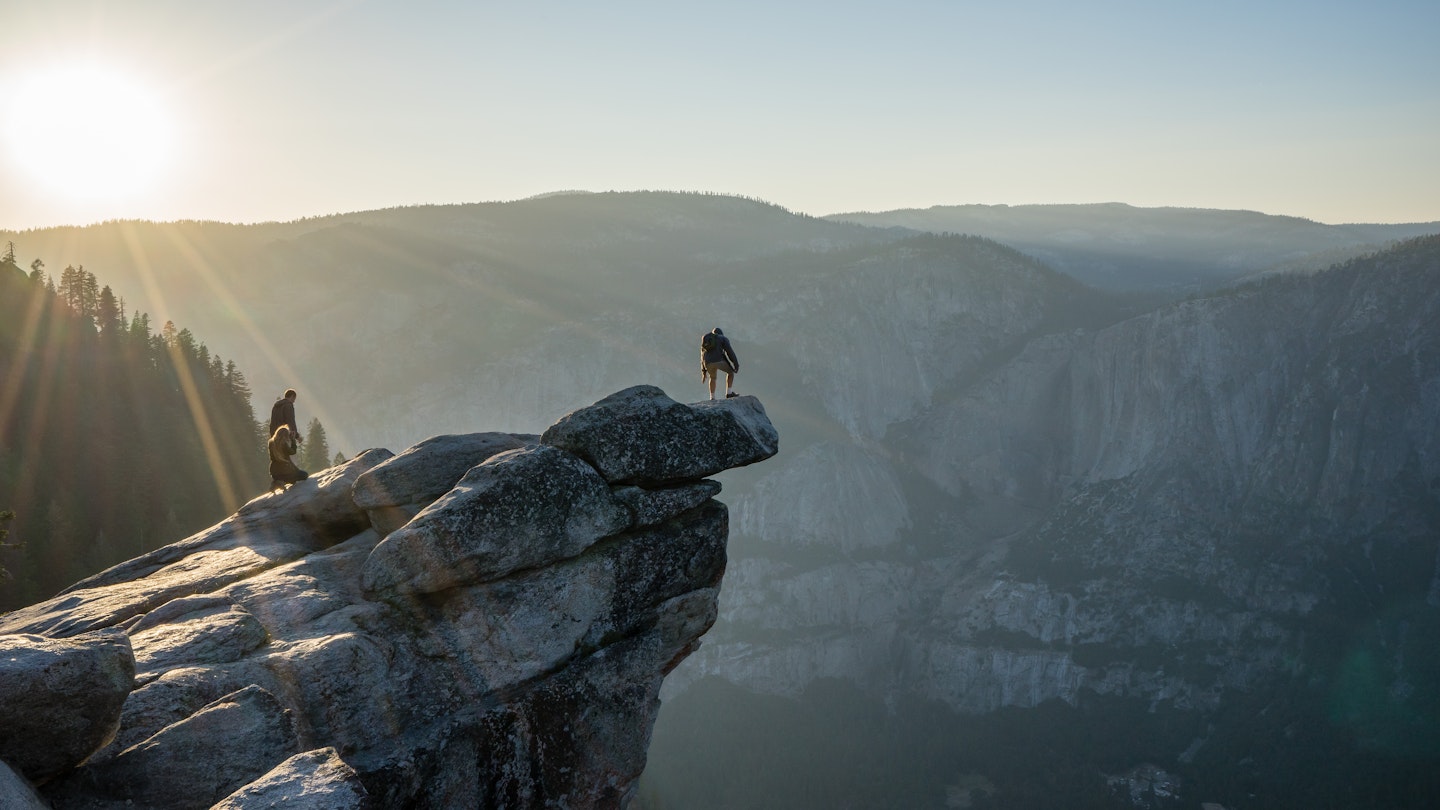The Great American Outdoors Act: A Landmark for U.S. Public Lands
Thanks to a landmark piece of legislation that’s been in the works for years, public lands in the United States—from the biggest national parks to the smallest ballfields and fishing lakes—are about to receive a massive infusion of funding that conservationists say is long overdue.
On Wednesday, Congress passed the Great American Outdoors Act, which combines two earlier bills to commit $900 million a year to the Land and Water Conservation Fund (LWCF) and $9.5 billion over five years to address critical infrastructure updates across various federal agencies, including the National Park Service, Forest Service, Fish and Wildlife Service, and Bureau of Land Management.
“Passing the Great American Outdoors Act is quite simply the most significant investment in conservation in decades,” said President and CEO of the National Wildlife Federation, Collin O’Mara in a statement.
“It’s a huge win for wildlife, our natural treasures, our economy, and all Americans, who enjoy our nation’s public lands for solace, recreation, and exercise, especially amid this pandemic. All Americans will benefit from this historic legislation, which will create hundreds of thousands of jobs, expand outdoor recreation opportunities in every community, and accelerate our nation’s economic recovery from COVID-19.”

The Need for Infrastructure Updates
The expansion of access to outdoor spaces and the restoration of existing destinations are crucial, especially as more Americans turn to outdoor recreation. Approximately 327 million travelers annually visit national parks, forests, and Wild and Scenic Rivers such as the Great Smoky Mountains and the New River Gorge, traversing over 5,000 miles of paved roads and nearly 20,000 miles of trails.
In June, when the US Senate initially passed the Great American Outdoors Act, the Land Trust Alliance remarked that the LWCF has “only been fully funded once in its history,” despite being promised $900 million a year since its inception, supporting “over 41,000 state and local park projects, contributing $778 billion to the nation’s economy annually and providing 5.2 million sustainable jobs nationwide.”

Challenges in Public Land Management
Due to budget constraints, officials have struggled to maintain infrastructure amid increasing public land traffic. Much of the federal assets at campgrounds, national parks, and state parks were constructed nearly a century ago, during the Great Depression. According to the Pew Charitable Trust, 70% of the National Park Service’s overdue projects deal with structures at least 60 years old.
This deterioration has significant and costly consequences affecting visitor experiences. For instance, a sinkhole—almost as long as a subcompact car—formed in Shenandoah National Park last May, linked to delays in roadwork and stormwater drainage updates.

Focus on National Parks Upgrades
Meanwhile, infrastructure issues such as the Transcanyon Pipeline in the Grand Canyon, which is fifty years old and perpetually leaky, highlight the pressing need for funding. Originally built in the 1960s during Mission 66, officials have relied on makeshift repairs due to a lack of the necessary funds for a proper replacement.
“LWCF is an issue I’ve been working on since my entry into the outdoor policy world six years ago,” said , founder of the Outdoor Advocacy Project. “This week’s passage signifies a substantial victory for advocates who have dedicated years to realize this goal. As our public lands and green spaces become more valued and visited than ever before, it is encouraging to see Congress supporting them.”

Opportunity for New National Parks
Budget limitations have further complicated efforts to establish new public lands and expand existing parcels, particularly in sensitive conservation areas like the Everglades and the Grand Tetons. In January, environmentalists celebrated Florida’s acquisition of 20,000 acres of swampland to prevent oil drilling that threatened the Everglades. The Great American Outdoors Act has now secured permanent funding, paving the way for more such deals at the federal level.
It’s been shown that new national parks can attract significant visitor numbers, as evidenced by the surge at Indiana Dunes after its designation as a national park in January 2019. The same trend occurred with in New Mexico, the newest of the nation’s 62 national parks. Increased funding could assist efforts to upgrade several national forests and monuments, such as in Idaho and Louisiana’s Atchafalaya National Heritage Area, without overstretching a cash-strapped National Parks Service.

Looking Ahead
Exactly where and how to allocate the funds secured by the Great American Outdoors Act is yet to be determined. Nevertheless, the passage of this legislation is cause for celebration among outdoor enthusiasts and activists alike—it heralds the most significant overhaul of parks in a generation. Given the current trend of travelers opting for road trips and visits to domestic state and national parks amidst the global pandemic, the timing is incredibly advantageous for the revitalization of our public lands.
“As an avid outdoorswoman and activist, I’ve been advocating in DC for many years for more funding for our national parks, public lands, and green spaces,” said Caroline Gleich, a Utah-based environmental advocate and pro ski mountaineer who summited Mt. Everest last year. “As America contends with the pandemic, many of us are turning to our parks and public lands for our mental and physical well-being. The passage of the Great American Outdoors Act gives us something to celebrate and hope for the future.”




